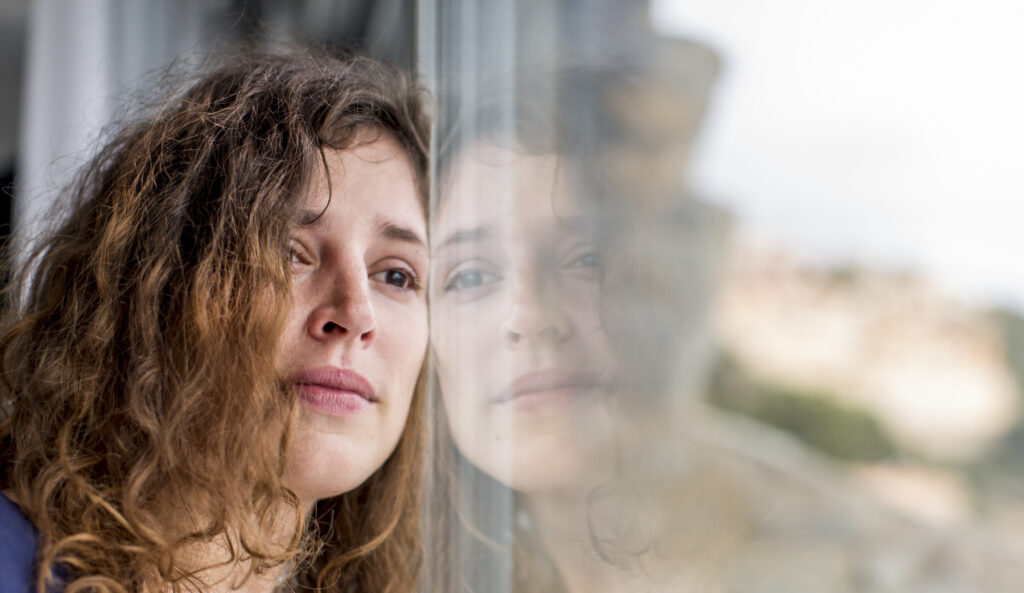09 Nov 2022 | Articles
Reflections on crises: for a crisis
Those who look at the world realize that we are living in times of instability and unpredictability. Moreover, the old strategies of control, of bringing the world back to a supposed “equilibrium”, seem to have fewer and fewer effects. Values have been rapidly transforming, challenging unique concepts of what is “good,” “beautiful,” or “right.” In other words, we are living through a great crisis. But that doesn’t necessarily have to be bad.
In the 1960s, Edgar Morin, studying the crises of everyday life, developed the “theory of crises”, or “pour une crisologie“, in which he broadened the concept of crisis, concluding that society must be a system capable of supporting and elaborating them.
Morin considers that society and human productions are created in recursive and dynamic ways: they are systems open to innumerable influences, in which individual-society-culture produce each other. Therefore, because there are many factors moving and influencing each other simultaneously, sometimes in the same directions, sometimes in opposite directions, the crisis becomes a fundamental ingredient. The social system is uncertain about its future, has no static balances, always breaks the continuities and bifurcates.
It is necessary to consider organization and disorganization, complementarity and antagonism together, rather than separating and opposing them outright. Complexity (the same phenomenon with many sides that communicate and influence each other), according to this conception, is what forces us to associate, in a complementary, concurrent and antagonistic way, notions that apparently should be excluded. Any attempt to deny or oversimplify a complex phenomenon incurs “mistakes” and “illusions.” Thus, crises are necessary to broaden our understanding and improve the coordination of our joint actions, our coexistence, even if their outcomes may be uncertain.
The concept of crisis thus emerges as visibly more full of possibilities than the idea of disturbance, problem, or decay; it is also richer than the idea of disorder, for it carries within itself disturbances, disorders, deviations, antagonisms, but also, at the same time, it values both the forces of life and those of death, two faces of the same phenomenon.
In crisis, almost magical processes (unexpected, surprising causalities), rituals, mythologies, as well as inventive and creative processes are stimulated. All this is intertwined, and both the development and the outcome of the crisis become random.
Critical (crisis) processes do not in themselves ensure a positive change or an increase in complexity, since they also contain the possibility of producing a setback and/or an increase in rigidity, that is, the reduction of possibilities of action, understanding or existential. However, it is in these processes that gaps and opportunities for innovation and the emergence of new qualities, senses and meanings are opened.
Articulating the (productive) coexistence of diverse participatory cultures, appreciating the power and richness of group dynamics – intense and conflictive – and participatory management of shared goals requires dynamics and devices that manage turbulence and are able to accommodate complexity. In principle, it requires both the constant production of consensus and the incorporation of an appreciative approach to differences (of values, conceptions, interests, personal styles, belief systems) that articulates diversity and promotes confluence in shared dreams. Crises can make us dream together!







